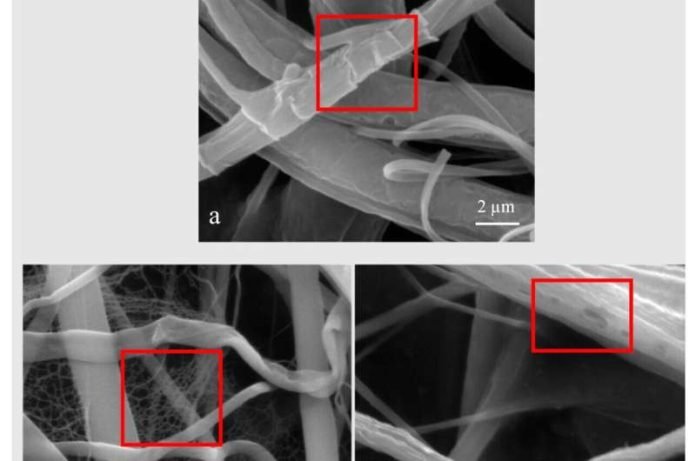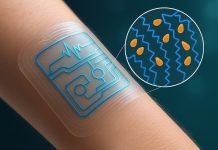
In a groundbreaking development, scientists at the University of Surrey have made a significant leap forward in medical technology that could change the way we treat skin injuries.
By using a method known as electrospinning, they’ve created 3D scaffolds – think of them as three-dimensional support structures – on which skin grafts can be grown directly from a patient’s own skin cells.
Electrospinning might sound complicated, but it’s essentially a way to create very thin fibers from liquid by using electricity. Until now, scientists could only make flat, two-dimensional sheets using this technique.
But for the first time, they’ve managed to create three-dimensional structures. This research, published in the journal Nanomaterials, opens up new possibilities for producing skin grafts on a large scale, tailored to individual needs.
Chloe Howard, a researcher from Surrey’s School of Computer Science and Electronic Engineering, shared some exciting results from their experiments.
They grew skin cells on these new 3D scaffolds and, after a week, the cells were thriving much better than on any previous materials.
These cells were not just surviving; they were doubling in viability compared to those grown on flat films or mats, even outperforming the previous best option, plasma-treated polystyrene.
This advancement means we could be on the verge of a new era in treating chronic wounds. By using a patient’s own skin cells, these 3D scaffolds could lead to faster, more effective healing processes.
Imagine a future where skin grafts are not just flat patches but are tailored three-dimensional structures that fit perfectly over a wound, encouraging quicker and better healing.
The secret ingredient in this process is a mixture that includes gelatin and polycaprolactone (PCL), a biodegradable polymer that’s friendly to human tissue. This mixture is then electrified and stretched into nanofibers, forming the scaffold on which skin cells can grow.
What’s even more exciting is the simplicity, scalability, and affordability of this technique. It’s not just limited to creating skin grafts. Dr. Vlad Stolojan, an associate professor at Surrey’s Advanced Technology Institute, mentioned the versatility of electrospinning.
It can be tweaked to mimic muscle fibers or even create artificial skin, bone, and cartilage. This could revolutionize recovery from injuries, providing quicker healing times and better outcomes for patients.
This innovation is not just a scientific breakthrough; it’s a beacon of hope for those suffering from chronic wounds and injuries.
With further development, this technology could lead to more efficient, personalized treatments, making the healing process faster and more comfortable for patients around the world.
The research findings can be found in Nanomaterials.
Copyright © 2024 Knowridge Science Report. All rights reserved.



